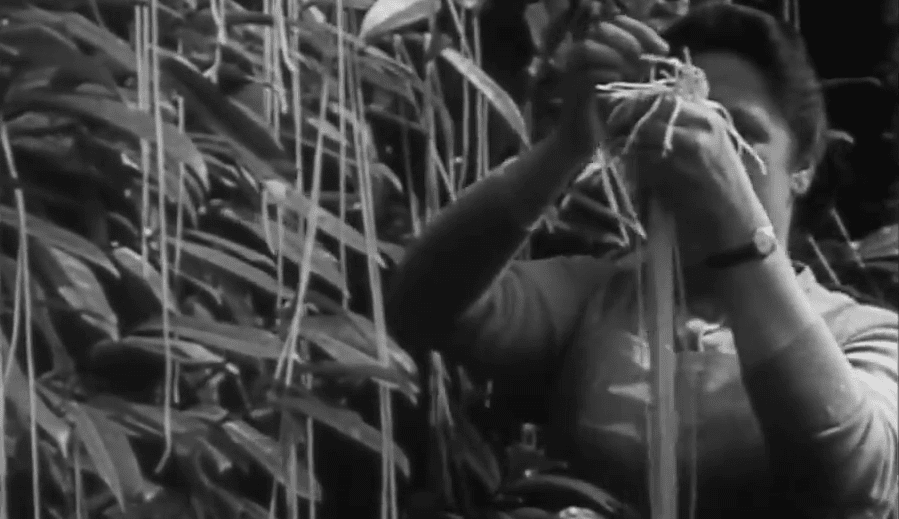- Home
- Celebrations
- April Fools' day

April Fools' day Dates in 2026, 2027 and 2028
April Fools' day is celebrated at the following dates:
- Wednesday, April 1, 2026
- Thursday, April 1, 2027
- Saturday, April 1, 2028
April Fools' day falls on the first day of April each year.
Origin
The first recorded association between April 1 and foolishness is from Geoffrey Chaucer's The Canterberry Tales of the Nun's Preist's Tale with the quote “Syn March bigan thritty dayes and two.1” This was interpreted as March 32, or April 1 by some, though the evidence is ambiguous at best1. In this work, a vain cook named Chauntecleer was tricked by a fox1. It is believed that some precursors to April Fools' day were the Roman Festival of Hilaria, the Hindu festival of Holi and the medieval festival known as the Feast of Fools2.
Celebration
April Fools' day is celebrated by playing practical jokes and by spreading hoaxes. The victims of these jokes are called April Fools. A prank or hoax is revealed to the victim by the person playing the joke shouting “April Fools3.” Though not an official holiday, many news outlets join in the festivities by printing fake news stories, which are either exposed as pranks the next day or in small letters at the bottom of the page.
Swiss Spaghetti Harvest
On April 1, 1957, the BBC broadcasted a film allegedly showing Swiss farmers picking freshly grown spaghetti4. This was shown as part of their Panorama series on current affairs4. The prank was so well played that the next day, the BBC was inundated with requests to purchase spaghetti plants. Because of this, they had to declare the film a hoax the next day.
Jovian-Plutonian Gravitational Effect
On April Fools' day in 1976 British astronomer, Sir Patrick Moore told the audience of BBC radio news that at 9:47 am, a unique planetary alignment would temporarily make a light, upward gravitational pull and invited listeners to jump at that time to experience the floating sensation5.
According to the Museum of Hoaxes, dozens of callers called in to confirm that the experiment worked, with one woman even claiming that she and her 11 friends "wafted from their chairs and orbited gently around the room.6"
